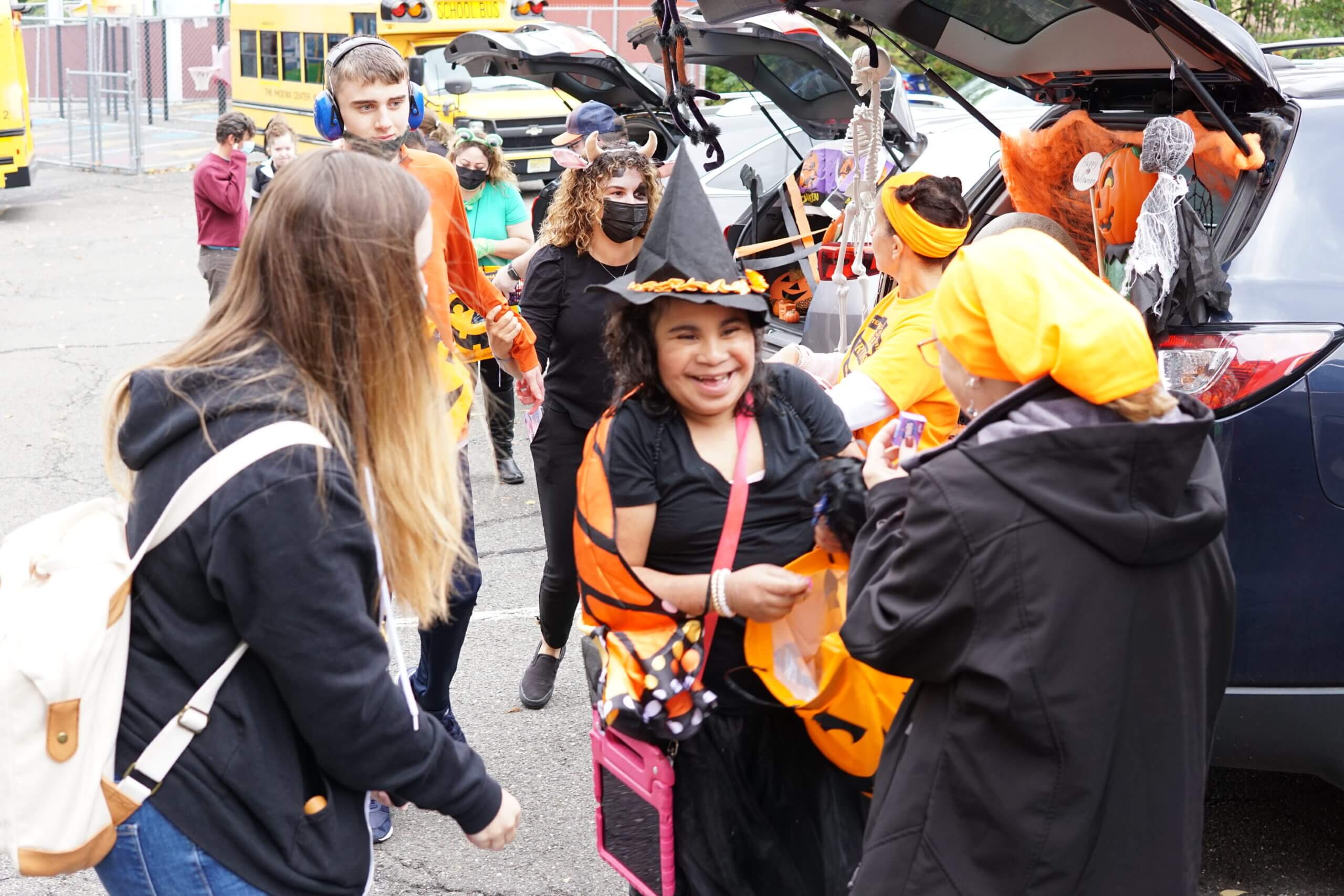Halloween is a holiday all children should enjoy. The sights (witchy decorations), the smells (chocolatey candy), and the sounds (howling wind) make the day a feast for the senses, which can also mean Halloween can be more difficult for children with sensory challenges. Nonetheless, there are plenty of fun ideas for children with special needs to enjoy. Like the perfect candy, these ideas just need to follow a recipe: a strong dose of planning, a helping of parental input, and a dash of creativity. See below for some tips that will ensure all children enjoy the sweetest and spookiest day of the year.
Prepare for the Big Day
Halloween can wreak havoc on your child’s daily schedule. This can be extraordinarily stressful, particularly for those with special needs. You can help alleviate some of this pressure by doing some of the following: First, take a walking or driving tour of the neighborhoods you will visit. This will help your child anticipate where they’ll be going and what it might look and sound like. Second, map out a social story, or create an activity schedule. Include the events of the night (changing into a costume, walking house to house, saying thank you, eating candy) so everyone feels prepared. Finally, you can practice trick-or-treating. With the help of a neighbor, your child can practice knocking on their door, or you can even just rehearse at your own home.
Drive Around to Find Sensory-Friendly Houses
During Halloween, many homes may be decked out with scary decorations that flashlights and make a lot of noise. These can be festive designs, but they may be difficult for children with sensory challenges. Prior to the big day, parents can take a tour of the neighborhood to better get a sense of which houses may be wise ones to avoid, depending on your child’s sensory needs. Similarly, you can keep your eyes peeled for houses that are decorated with cobwebs, witch’s brooms, and other still/non-flashing items — these could be safer homes to visit come the 31st. Should you find a blue pumpkin or candy bowl know that this indicates that the house is food-allergen-friendly, and that non-food treats such as glow sticks or stickers are available for trick-or-treaters. This initiative began in 2014 and it is called The Teal Pumpkin Project.
Prioritize Comfort over Flash
Halloween involves a good amount of walking, and on a late October afternoon or evening it can get windy and chilly. When considering Halloween costume ideas for children with special needs, you’ll be thankful if you go with what your child is most comfortable in. Sweatshirt costumes, pajama-based costumes, and other cozy attire can make for a more enjoyable experience. These are often easy to find: onesie costumes coming in different looks (dinosaurs, skeletons, ghosts) are common and can be purchased online. To set everyone up for success, have your child try on the costume first so they can get acclimated.
Consider Non-Trick-or-Treating Activities
If trick-or-treating is too stressful or your child doesn’t feel comfortable, there are plenty of other fun ideas to explore. You can carve jack-o-lanterns; children with sensory challenges might enjoy the feel of the goo inside and can pluck out seeds to salt, flavor, and toast. Or keep things simple: stay indoors, turn on a beloved Halloweeny movie, and stock the house with your child’s favorite treats.
Check in with Your Child
On Halloween this is a tip that is especially worth heeding. This is an exciting day for kids, so while you can cook up many Halloween ideas for children with special needs, what matters most is that your child is heard and having fun. Don’t be afraid to pivot or scrap plans in the name of helping your child have the best day they can.
Happy Halloween!

